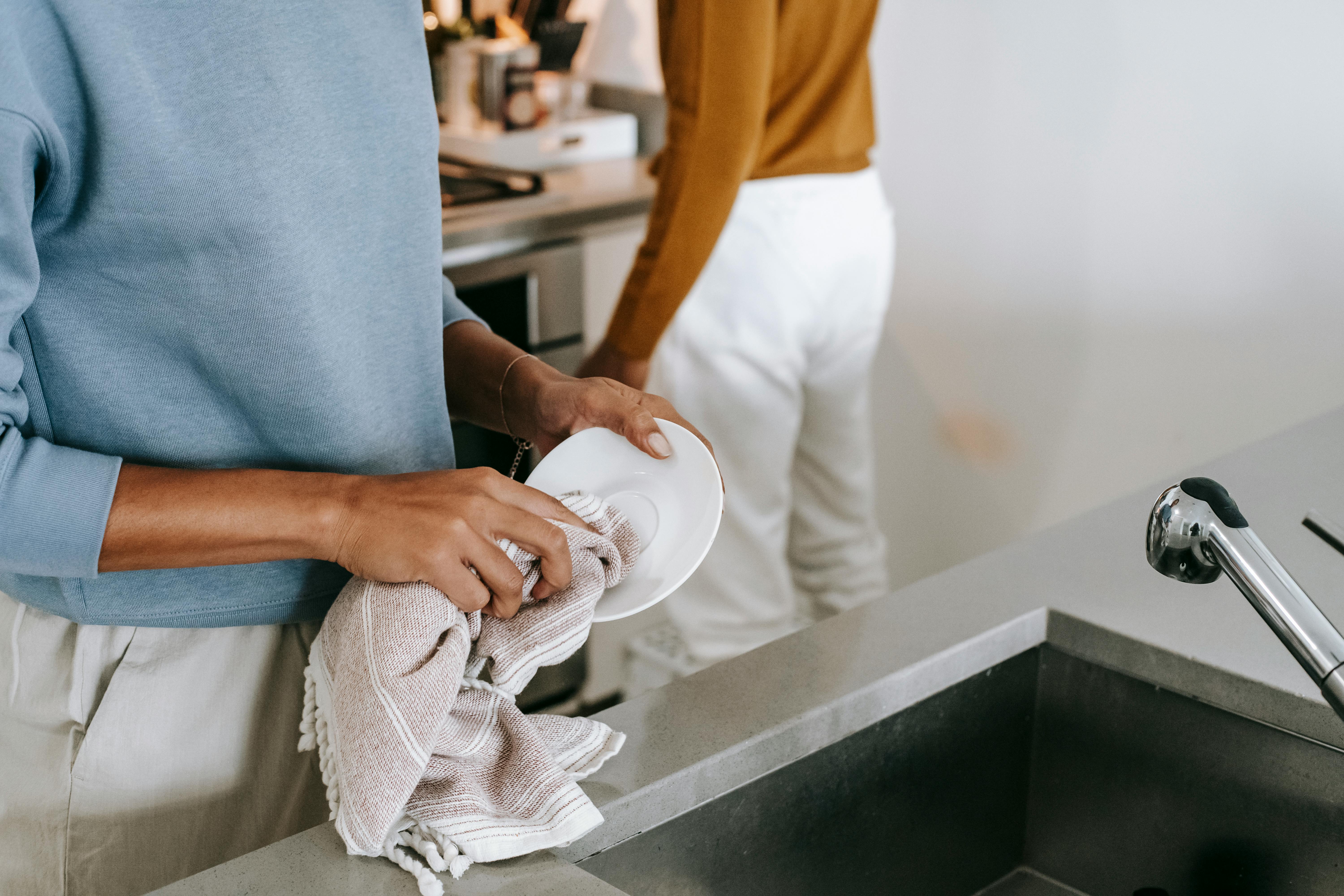Preparing a kitchen for installation –
Preparation is a very important part of the process to get a new kitchen.
Remove your kitchen As my grandmother used to say, “install a kitchen in a hurry, regret it in the spare time.”
I just made it up, but this rule is of the utmost importance when it comes to successfully installing a kitchen.
Prep should take place a few days before you install your new kitchen, and you’ll no doubt need to make arrangements to visit your local take-out for the duration.
Once the sink has been removed, it’s a good idea to fit an angled washer valve into your cold water supply to fill the kettle while you don’t have a sink. Put blanks on all other exposed pipes.
Check your plumbing and electricity
The ideal time to do electrical and plumbing renovations is before re-plastering. Since the kitchen is where most electrical appliances are concentrated, it is important to verify that the existing wiring is capable of coping with the load placed on it during periods of greatest activity.
If you have a blueprint for your new kitchen, getting a prep layout will help you pinpoint the position of all plumbing and electrical services to the nearest millimeter. In addition to reducing installation time, arranging for your first repair should also reduce installation costs.
Wall outlet boxes and cable tails for sockets below counter height can now be positioned where needed. Ceiling and under cabinet lighting should also be provided for at this stage.
Gas and water services can also be laid in preparation for cabinet installation, as can drain pipes or exhaust holes.
At this point it is important to refer to the laws relating to work on gas appliances or accessories. .
Once the pipes are routed behind the appropriate cabinets, the installation of isolation valves will eliminate the need to shut off the house’s water supply while the installation is taking place. Access to these valves can be provided for later when installing the cabinets.
A good point to remember at this stage is to ensure that any piping that runs behind built-in appliances is installed flush against the wall and low, depending on the depth and configuration of the appliance. Missing this point will mean that the doors of the built-in appliances will protrude from the doors of the adjacent cabinets.
This is to be avoided unless you want to set a new trend!
check your walls
After removing your old kitchen, it is worth checking the condition of the plaster.
The finish and strength of the walls ultimately determine how your kitchen will look and ignoring it at this stage can spoil the final appearance.
Putting furniture or tiles into deteriorated plaster is like putting your best china in a fruit crate and I highly recommend any rectification be done during preparation (one sight you won’t enjoy after your kitchen has been installed is the standing plasterer on your new counters trying to reach the bare wall above your new cabinets). You may find that even though your walls can be re-plastered after you put them down, your countertops and sink have more scratches than an ice rink.
If major plastering is required once you’ve removed your old kitchen, be sure to allow it to dry before installing any units; otherwise cabinets will swell due to moisture content.
While the time required to complete the above will of course lengthen the installation, it will ultimately give you peace of mind and rest assured knowing all your surfaces are in good condition.
One last step before installing your kitchen
Once you have completed the above steps and the render is dry, you are ready to mark the levels on the wall.
First, determine the depth of the floor covering and add this measurement to the height of the furniture (without countertops). For example: Depth of the tiles = 12 mm. Height of the units = 870 mm. A line will be made at a height of 882 mm. This will allow for easy mounting of the kick board upon completion.
Having completed the preparation, it is now time to start installing the drives and providing the services that have been placed correctly, this will be a much easier task than you thought.
In the next article in this series, I’ll show you how to install your cabinets and cut profits from your local takeout sooner than you thought.
